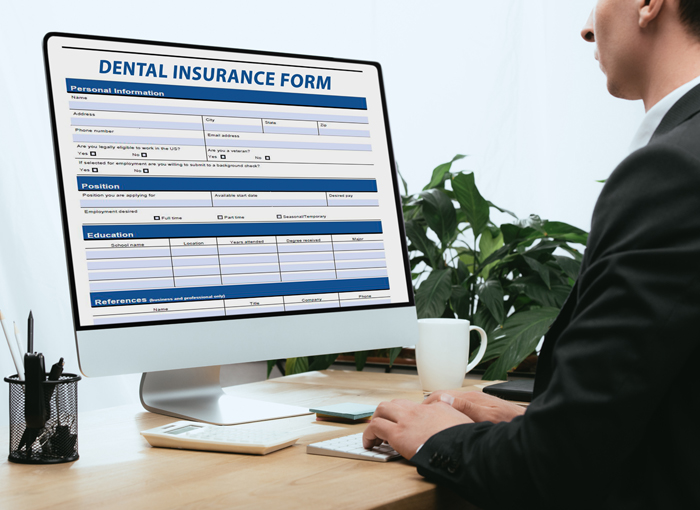Payment Posting, also called cash posting, plays a vital role in the revenue cycle. It has the power to maximize your revenue if executed properly. It’s significantly important for your practice to have a payment posting team that can track and analyze insurance payments from EOBs, ERAs, patient payments, etc.
Placing an effective and efficient payment posting system in place will allow you to track and improve your RCM. Payment posting helps in finding payer problems such as denials, prior-authorization, and non-covered services and can be addressed timely by the billing staff. It helps to make your dental billing process more efficient which is directly proportional to improved revenue.
Terms used in Payment Posting
Before knowing about the payment posting in detail, it’s important to know the relevant terms such as EOB, ERA, Patient Responsibility, etc. Knowing these terms will allow you to understand payment posting better.
- EOB: Explanation of Benefits, also known as Explanation of Review (EOR) is a document that explains the entire claim process to the dental practice and the patient.
- ERA: The electronic version of EOB is known as ERA (Electronic Remittance Advice). It’s the explanation of the insurance processing sent to the practice electronically.
- Patient Responsibility: It’s the amount that a patient must pay to the dental practitioner.
Process of Payment Posting
- Payment posting is done either manually or electronically (auto). After the claim settlement from the insurance company, EOB/ERA is sent to the healthcare provider, the dental practitioner in this case, and insured (the patient) towards the payment of a claim.
- The payment posting team analyses, patient’s insurance denial, patient responsibility, the EOB that contains the payer name & address patient’s name, dental practice’s name & address, claim received date, claim number, payment or denial date, policy identification number, date of service, dental procedure code, and billed amount.
In case the claim is paid, EOB would also have the following details:
- Allowed amount i.e. an amount insurer finds fair for specific services or procedures. The allowed amount combines the paid amount and patient responsibility.
- Paid amount i.e. the amount paid by the insurer minus patient responsibility.
- Patient responsibility i.e. the balance percentage of compensation that the patient or his/her secondary insurance (if applicable) needs to pay as per the policy with the insurance company.
- Write-off the amount i.e. the amount waived off by the provider. In simple words, it’s billed amount minus allowed amount.
- Cheque, cheque date, EFT, EFT date.
In case the claim is denied, EOB would also include a denial code and reason.
- The payment posting team accounts for the payment received from the insurer against the claims submitted for the dental services provided. The process includes identifying the patient accounts, procedure, billed amount, paid amount, allowed amount, write-off amount, etc.
- The team, then, posts the payments to the respective patient’s accounts against that specific claim to settle it. If the patient is not able to pay as per the statement provided to him/her or making no attempts to pay after multiple follow-ups, the process goes to collections.
A dental practice with accurate payment posting is likely to register better revenue. When issues like denials, mismatch of payments received from the insurer, patient payments, etc. are identified and resolved at the front line, it will smooth the entire dental billing process and your practice will register a better cash flow.
